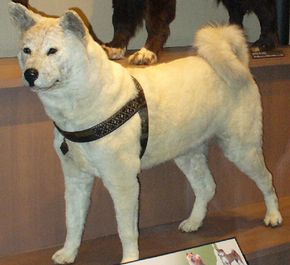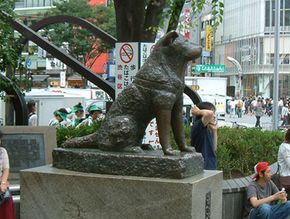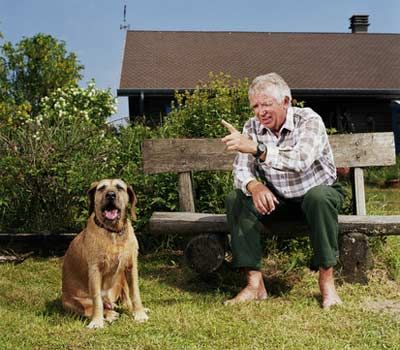Even if you're strictly a bona fide cat lover, it's nearly impossible not to be moved by the brand of loyalty unique to dogs. Buddhists believe that on the day that the Buddha died, he summoned all animals to his side. Only members of 12 species -- dogs among them -- reached him before his death. He rewarded those who came with a year of their own, which is why the cat has no sign in the Chinese zodiac.
Although not every dog is necessarily friendly by nature, stories emerge from time to time of a dog becoming separated from his or her family and undertaking an incredible journey toward reunion. Dogs are used in therapy for Alzheimer's disease and in clinical settings as comfort for the terminally ill. And consider this: Between Jan. 19 and Jan. 31, 2008, no fewer than five different families in the United States and Canada were saved by their dogs when their homes caught fire. All of this substantiates the old saying that dogs are man's -- and woman's -- best friend.
Advertisement
One breed of dog is especially prized for its fierce loyalty. The Akita is a fluffy dog that favors its wolf ancestors, with pointed ears that stand on end, a slightly scrunched face, and a tail that curls in a loop back toward its body. It hails from the Akita region of Japan, a prefecture (or state) in the north of the island. Originally all light in color, the Akita was first mentioned in Japanese literature around A.D. 712, and is depicted on much older pottery excavated in that country.
Hellen Keller asked for and was given an Akita after she toured the country in 1937 and learned the story of Chu-ken Hachiko (in Japanese, "faithful dog Hachiko") [source: Dog and Kennel].
Are dogs humankind's best friends? The answer is a subjective one, but the story of Hachiko that inspired Helen Keller to adopt an Akita may be the closest we can get to objective evidence. Learn why Hachiko became Japan's adopted national dog, on the next page.
Advertisement


